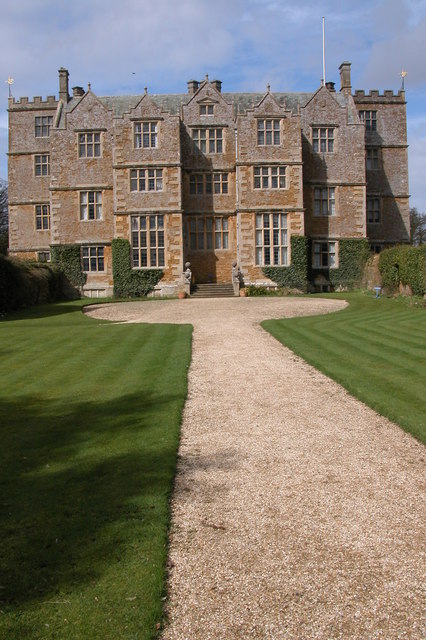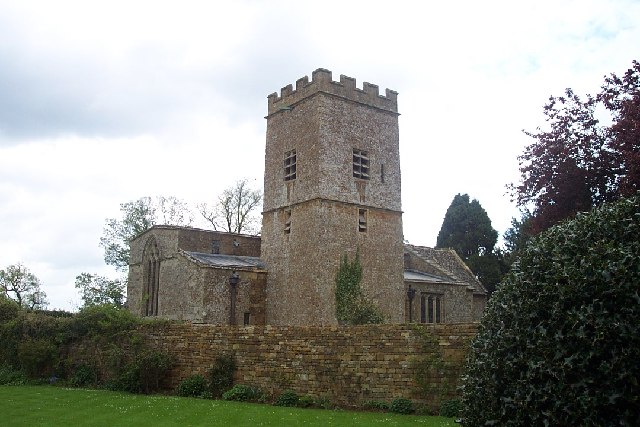Chastleton
Introduction
Chastleton is a village and civil parish in the Cotswold Hills in Oxfordshire, England, about 4 miles (6.4 km) northeast of Stow-on-the-Wold. Chastleton is in the extreme northwest of Oxfordshire, on the boundaries with both Gloucestershire and Warwickshire. The 2011 Census recorded the parish's population as 153.
Archaeology
Chastleton Barrow or Burrow is an Iron Age hill fort southeast of the village. It is fortified with a single bank built of oolite and earth that encloses an area of about 3.5 acres (1.4 ha). Part of the fort was excavated in about 1881 and sections of the bank and areas near it were excavated in 1928–29. Hearths were found, along with Iron Age pottery and other artefacts that are now held at the Ashmolean Museum in Oxford. These artefacts were used to date the fort as Early Iron Age, which in Britain is about 800 to 400 BC. The fort is now marked by a ring of mature trees.
In the eastern part of the parish are a number of prehistoric sites including a tumulus that still retains a few of the stones that formed its burial chamber. Archaeological examination of the surface at the centre of the tumulus found three flints that showed signs of being worked and two small fragments of human skull.
At Lower Brookend Farm in the north of the parish are the remains of a linear fishpond formed by damming a brook. It is either medieval or post-medieval and seems to have been abandoned by about 1800.
Manor

The earliest known record of the manor is from AD 777, when Offa, King of Mercia, made a gift of land at Chastleton to the Benedictine Eynsham Abbey in Worcestershire. The name Chastleton is of Saxon origin. It is possible that the prefix derives from the Saxon word ceastel, which may refer to a cairn or boundary marker. The suffix ‘ton’ derives from tun or town.
The Domesday Book of 1086 records the manor as Cestitone. At this time the landowners included Odo, Bishop of Bayeux, Winchcombe Abbey, Henry de Ferrers and Urse d'Abetot. At different times in the Middle Ages, the manor was held by, amongst others, Robert D'Oyly (the probable builder of Oxford Castle) and Thomas Chaucer (son of the poet).
Next to the parish church is Chastleton House, one of England's finest and most complete Jacobean houses. Completed in 1612, it has been occupied by members of the Jones family since 1602. It is now owned by The National Trust who opened the property to the public in 1997 after six years of conservation work. The house is full of objects accumulated by the family over the years: rare tapestries, portraits, furniture, as well as personal belongings, some just lying around, such as walking sticks and wellington boots. The gardens are typically Elizabethan and Jacobean, with a ring of topiary at their centre. The house is a Grade I listed building.
Parish church

The Church of England parish church of Saint Mary the Virgin was built late in the 12th century, was enlarged and refenestrated in the 14th century. It has a south bell tower that was added in 1689 and has a ring of six bells. The church is a Grade II* listed building.